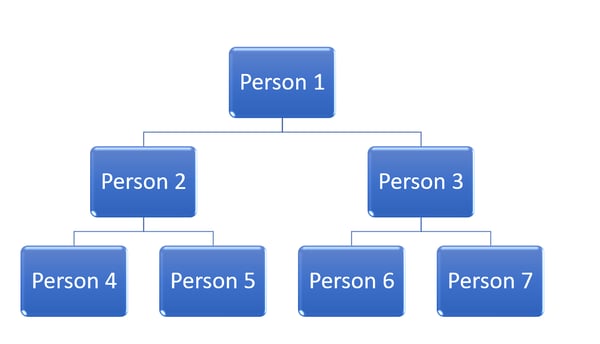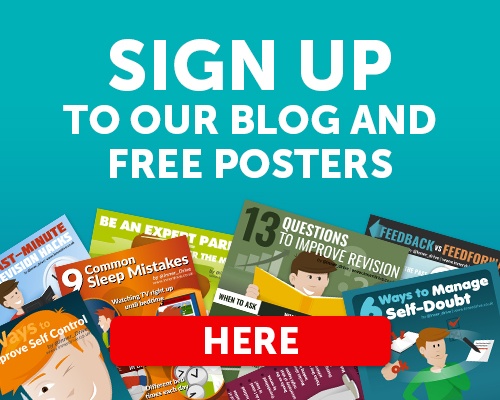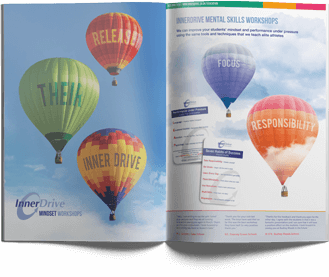“The Boss” Bruce Springsteen once sang that “you can’t start a fire without a spark”. These past few weeks, the coronavirus has definitely proved to be more of a powder keg ready to explode. The ripples of this have been felt far and wide in society, with the FTSE 100 dropping almost 25% in a week and almost 10% in 24 hours.
The situation with schools is less clear. Some countries have implemented partial/full closures of their schools. At the time of publishing, schools in England are just about to close. In such climates, it is easy for genuine concerns to morph into full-blown hysteria. So, psychologically speaking, what causes the over-reaction of panic, how does it spread and how can teachers help students navigate this period?
Why Does Panic and Misinformation Spread?
Emotional Contagion
Emotional Contagion refers to how feelings are spread from one person to another. We literally catch other people’s emotions - this is best thought of as a form of attitudinal osmosis. For example, research has found that people work harder on a task if the person next to them is putting in a lot of effort. Likewise, football fans feel more intensity and positive emotions if they are part of a large crowd who are also celebrating. Suicides and riots have also been found to be exacerbated by emotional contagion. What this means is that one person’s worry can spread quickly in a group (see how below).

Group Think and Echo Chambers
Group Think refers to how, if the majority (or indeed the loudest) opinion is not challenged or scrutinised, it can become accepted as true. This in itself isn’t the biggest issue, but if that opinion reverberates around an echo chamber, such as social media where we can self-select who to follow, then opinions can quickly become seen as ‘fact’. This means platforms such as Twitter or Facebook are breeding grounds for Chinese whispers. They say a lie travels faster than the truth, but often a half-truth seems to travel fastest.
Uncertainty
A recent study by University College London found that uncertainty is one of the biggest sources of stress. In many cases, uncertainty is even more stressful than the worst-case scenario. When we know the worst-case scenario, we can adjust and prepare accordingly. But uncertainty can feel worse, as it is where ambiguity and misinformation flourish. Given that the country (and indeed the world) don’t know much about the extent or the peak of the coronavirus, we find ourselves with an ever-changing picture. In the current climate of uncertainty, stress and panic can escalate rapidly.
3 Things Teachers Can Do To Help Students avoid misinformation and panic
- Knowledge is Power – if uncertainty breeds stress, then knowledge brings power. Former American Secretary of Defence Donald Rumsfeld once commented that “there are known knowns; there are things we know we know. We also know there are known unknowns; that is to say we know there are some things we do not know. But there are also unknown unknowns—the ones we don't know we don't know”. Essentially, once we accept what we do and don’t know about the Coronavirus, we can better plan and prepare for it. This means reading information from their original sources and not taking what is said on social media as gospel.
- Focus on What You Can Control – When people focus on the things they can’t change, it tends to make them quite stressed and frustrated. This is because they are swimming up-tide and, as a result, will make little progress. By helping students focus on what they can control, it will help them enhance both their motivation and confidence towards their studies.
- Ask for help – Loneliness, self-isolation and fear creates a perfect storm for emotional stress and anxiety. This is true for both staff and students. Encourage students to ask questions, listen to their concerns and let them know you are available to them. It is not necessary to know all the answers to their questions, but just listening to them and helping to guide them to the appropriate sources will be of great benefit to them.







